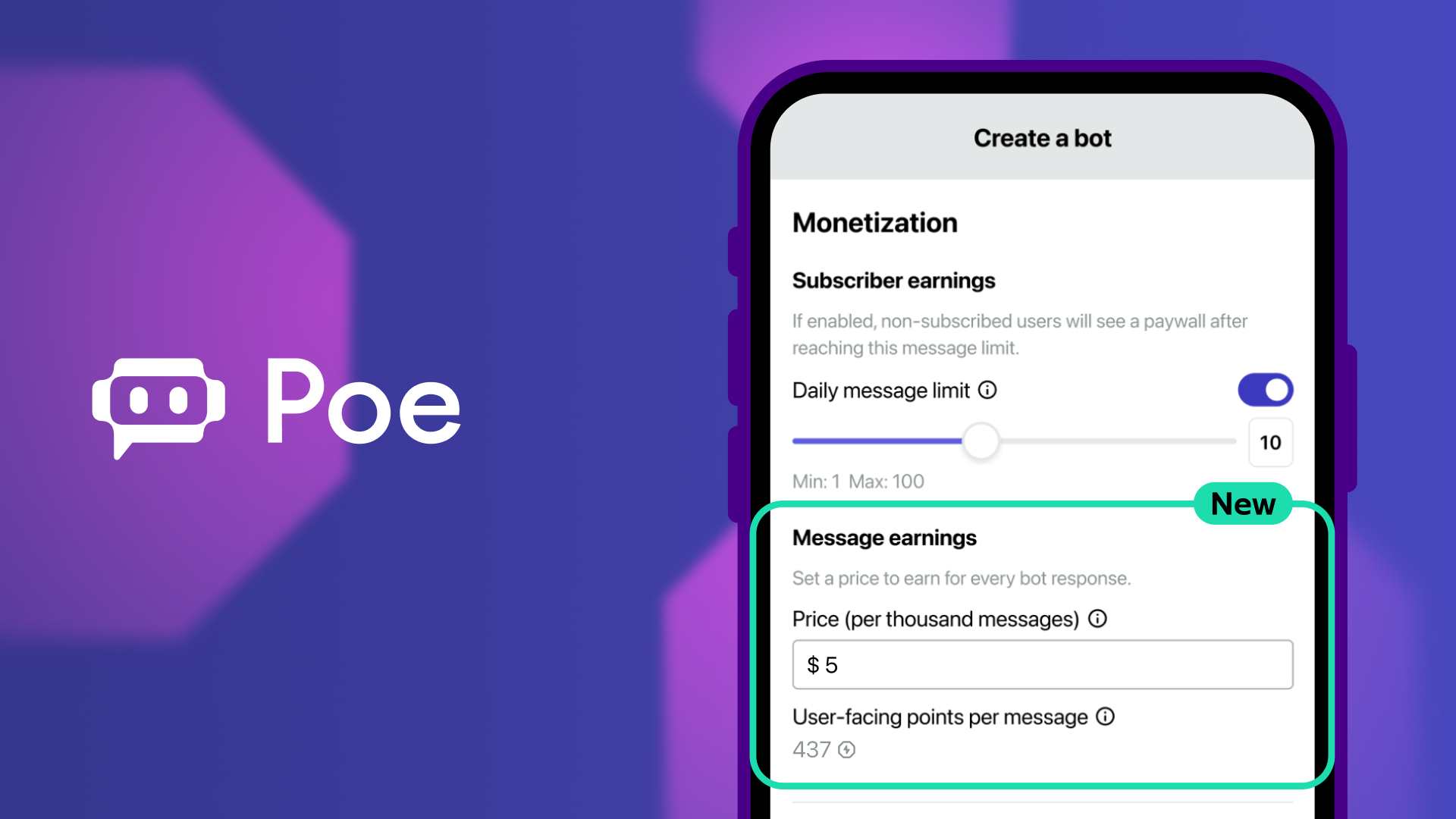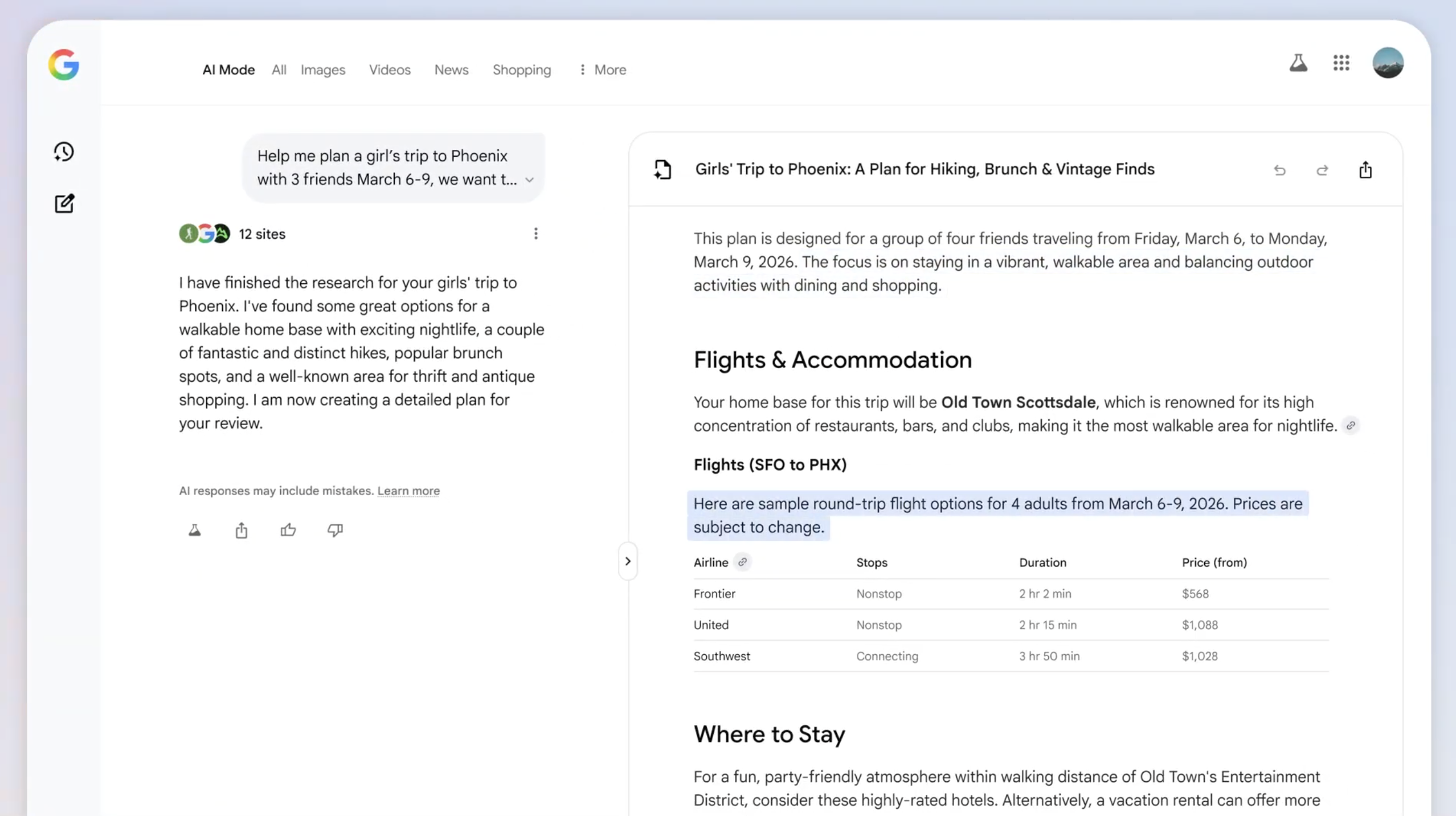
DoorDash, a dominant force in the on-demand food delivery sector, recently confirmed a significant data breach that exposed the personal information of an unspecified number of its vast user base. The compromise, which stemmed from a sophisticated social engineering attack targeting an employee, led to unauthorized access of sensitive details including users’ names, email addresses, phone numbers, and physical addresses. This incident marks another critical reminder of the pervasive cybersecurity threats facing digital platforms that manage vast quantities of personal data.
While the company has moved to mitigate the breach and initiated an investigation, its assertion that "no sensitive information was accessed by the unauthorized third party and we have no indication the data has been misused for fraud or identity theft at this time" has prompted scrutiny. For many cybersecurity experts and privacy advocates, phone numbers and physical addresses inherently constitute sensitive information, given their potential for misuse in various forms of targeted scams or even physical harassment. The incident impacts a diverse group within the DoorDash ecosystem, encompassing not only customers but also the delivery workers, known as Dashers, and the merchants utilizing the platform.
The Expanding Digital Footprint and Inherent Risks
DoorDash’s journey began in 2013, quickly rising to become one of the largest food delivery platforms in the United States, and expanding its services internationally. Its business model is fundamentally built on connecting customers with local restaurants and grocery stores through a network of independent contractors. This intricate web of operations requires the collection and storage of immense amounts of personal data: customer delivery preferences and locations, Dasher routes and contact information, and merchant operational details. The sheer scale of DoorDash’s operations, processing millions of orders daily, inherently magnifies the potential impact of any data security lapse.
The convenience offered by such platforms has reshaped consumer habits, making on-demand delivery an indispensable part of daily life for many. However, this convenience comes with an implicit trust that companies like DoorDash will safeguard the personal information necessary to facilitate these services. When that trust is breached, even partially, it sends ripples through the entire digital economy, prompting questions about data stewardship and the adequacy of security protocols. The current incident underscores the constant tension between seamless user experience and robust data protection, a challenge exacerbated by the increasing sophistication of cyber threats.
Anatomy of a Social Engineering Attack
The root cause of this particular DoorDash breach was identified as a social engineering attack. Unlike brute-force cyberattacks that exploit technical vulnerabilities in software or systems, social engineering preys on human psychology and susceptibility. Attackers manipulate individuals into divulging confidential information or granting unauthorized access, often by impersonating trusted entities or creating a sense of urgency or fear.
Common tactics include:
- Phishing: Sending fraudulent communications that appear to come from a reputable source, often via email, to trick individuals into revealing sensitive information like usernames, passwords, or credit card details.
- Pretexting: Creating a fabricated scenario (pretext) to engage a target and obtain information, often involving impersonating a specific authority figure or colleague.
- Baiting: Offering something enticing (e.g., free downloads, infected USB drives) to lure victims into revealing their credentials or infecting their systems.
- Smishing: Phishing attempts conducted through SMS text messages.
- Vishing: Phishing attempts conducted over voice calls.
In DoorDash’s case, an employee was reportedly duped, suggesting a sophisticated form of pretexting or phishing where the attacker successfully impersonated an internal or trusted external entity. This highlights a critical vulnerability that many organizations face: even with advanced technical defenses, the human element often remains the weakest link. Companies invest heavily in firewalls, encryption, and intrusion detection systems, but a single employee falling for a convincing ruse can bypass these layers of security, granting attackers a foothold into internal systems. The incident serves as a stark reminder that cybersecurity is as much about human training and awareness as it is about technological infrastructure.
The Spectrum of Risk: What Exposed Data Means
The data exposed—names, email addresses, phone numbers, and physical addresses—carries a range of potential risks for the affected individuals, even if no financial data was directly compromised.
- Targeted Phishing and Smishing: With names, email addresses, and phone numbers, attackers can craft highly personalized and convincing phishing emails or smishing texts. These might appear to come from DoorDash itself, a user’s bank, or another service, attempting to trick individuals into revealing further sensitive information like login credentials or payment details.
- Identity Theft Precursors: While not direct identity theft, the exposed information can be used as building blocks. Criminals often aggregate data from multiple breaches to create comprehensive profiles that facilitate identity theft, account takeovers, or credit fraud.
- Doxing and Harassment: Physical addresses, when combined with other personal identifiers, can lead to "doxing," where an individual’s private information is publicly shared online, potentially leading to harassment, stalking, or other real-world threats. For Dashers, whose work inherently involves navigating to various addresses, this could pose a unique risk.
- SIM Swap Attacks: Phone numbers are crucial for multi-factor authentication (MFA) via SMS. If attackers gain control of a phone number through a SIM swap attack, they can bypass MFA on other accounts, gaining access to banking, email, or social media profiles.
DoorDash’s statement that it has "no indication the data has been misused" is a common initial response from companies following a breach. However, data stolen in breaches can be sold on dark web forums and used months or even years after the initial incident. The absence of immediate misuse does not guarantee future safety, underscoring the long-term implications for affected individuals.
A Recurring Challenge: Data Breaches in the Digital Age
This DoorDash incident is not an isolated event but rather part of a larger, ongoing trend of data breaches affecting companies across various industries. The past decade has seen a dramatic increase in the frequency and scale of cyberattacks, impacting everything from major financial institutions and government agencies to social media giants and healthcare providers. Companies like Equifax, Yahoo, Marriott, and Uber have all faced massive data breaches, exposing billions of records globally.
The gig economy, in particular, has become a fertile ground for cybercriminals due to its rapid growth, distributed workforce, and reliance on vast amounts of user data. Companies in this sector often operate with lean security teams relative to their data footprint, and the dynamic nature of their platforms can present unique security challenges. Regulatory bodies worldwide have responded to this surge in breaches by enacting stricter data protection laws, such as the General Data Protection Regulation (GDPR) in Europe and the California Consumer Privacy Act (CCPA) in the United States. These regulations mandate timely breach notifications, impose significant fines for non-compliance, and grant individuals greater control over their personal data. Such laws aim to incentivize companies to prioritize cybersecurity and accountability.
DoorDash’s Response and the Path Forward
Upon identifying the unauthorized access, DoorDash stated it immediately took steps to "shut down the hackers’ access to its systems." The company also initiated an internal investigation and reported the incident to law enforcement, signaling its commitment to understanding the full scope of the breach and pursuing the perpetrators. Furthermore, DoorDash confirmed it has notified all impacted users, a crucial step mandated by many data breach notification laws. The company also emphasized that no Social Security numbers, other government-issued identification numbers, driver’s license information, or bank or payment card information were compromised.
While these actions align with standard incident response protocols, the broader analytical commentary often focuses on preventative measures and ongoing vigilance. Cybersecurity experts frequently advocate for:
- Enhanced Employee Training: Regular, comprehensive training programs are essential to educate employees about social engineering tactics and how to identify and report suspicious activities.
- Robust Multi-Factor Authentication (MFA): Implementing strong MFA for all internal systems, especially those accessing sensitive data, can significantly reduce the risk of successful social engineering attacks.
- Zero Trust Architecture: Adopting a "never trust, always verify" approach, where every user and device, regardless of location, must be authenticated and authorized before accessing resources.
- Regular Security Audits and Penetration Testing: Proactive assessments to identify and remediate vulnerabilities before attackers can exploit them.
- Comprehensive Incident Response Plans: Clearly defined plans that outline steps for detection, containment, eradication, recovery, and post-incident analysis.
Market, Social, and Cultural Repercussions
The DoorDash data breach is likely to have several ripple effects. For the company itself, it could lead to reputational damage, potentially eroding customer trust and loyalty. In a highly competitive market, a perceived lack of security could drive some users towards rival platforms. There might also be financial implications, including costs associated with the investigation, legal fees, potential regulatory fines, and investments in strengthening future security measures. Investor confidence could also be temporarily shaken, although the long-term impact often depends on the company’s handling of the crisis and subsequent security improvements.
Socially, this incident reinforces a growing public awareness and concern about data privacy. Consumers are increasingly scrutinizing how companies collect, store, and protect their personal information. Breaches like this contribute to a broader cultural shift where individuals are becoming more cautious about sharing their data and are demanding greater transparency and accountability from the digital services they use daily. It also highlights the inherent trade-off in the digital age: the convenience of on-demand services often comes at the cost of sharing personal data, which then becomes a target for malicious actors.
For users, the immediate impact is a heightened sense of vulnerability. Recommendations for affected individuals typically include:
- Be vigilant: Exercise extreme caution with unsolicited emails, texts, or calls, especially those purporting to be from DoorDash or other service providers.
- Strong, unique passwords: Ensure unique and complex passwords are used for all online accounts, and consider a password manager.
- Enable MFA: Activate multi-factor authentication wherever possible, using authenticator apps rather than SMS where available, as SMS-based MFA is susceptible to SIM swap attacks.
- Monitor accounts: Regularly check bank statements, credit reports, and other online accounts for any suspicious activity.
As the digital landscape continues to evolve, the battle against cybercrime remains relentless. For companies like DoorDash, the imperative to invest in robust cybersecurity infrastructure, comprehensive employee training, and transparent communication is paramount not only for protecting user data but also for maintaining the foundational trust upon which their business models are built. This latest breach serves as a stark reminder that in the interconnected world, security is not a destination but a continuous journey of vigilance and adaptation.




